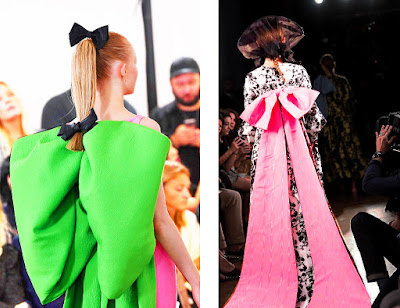Search
Discover the captivating world of art and antique jewellery at our renowned London market.
Posts
Showing posts from September, 2018
London Fashion Week Special: Bring on the Bows !
- Get link
- X
- Other Apps
Headbands, Tiaras & Hair Jewellery : The Grays Way
- Get link
- X
- Other Apps
Travellers and Toddy Trees: A Vision of Colonial India
- Get link
- X
- Other Apps



